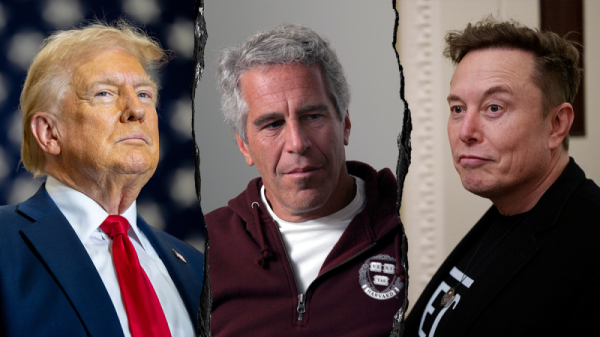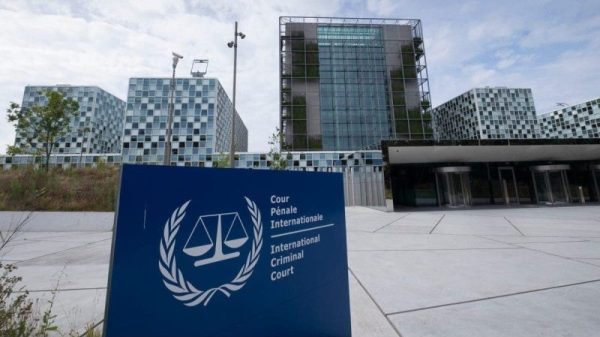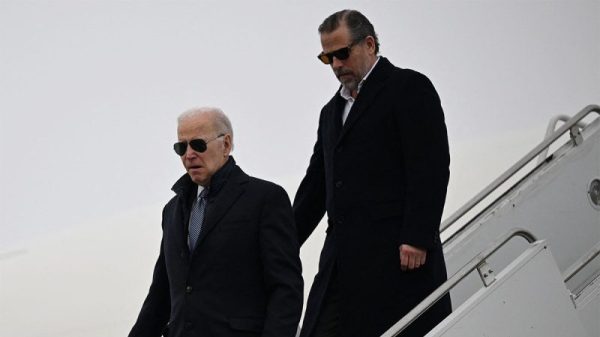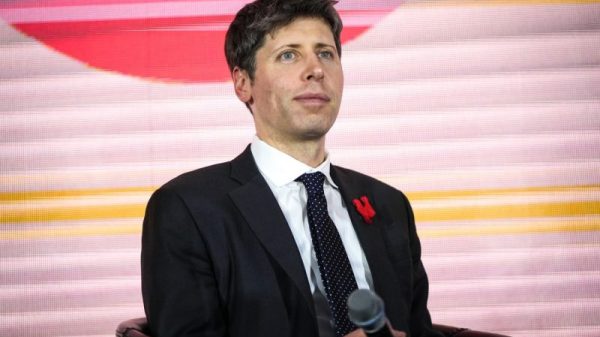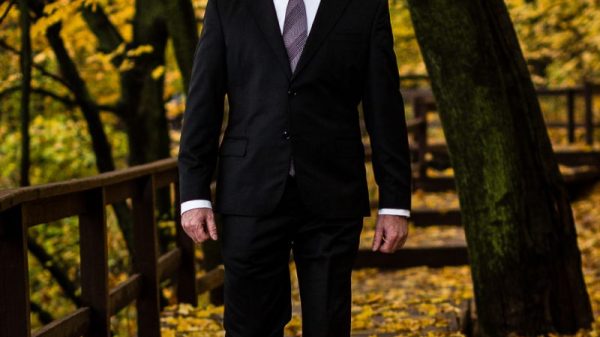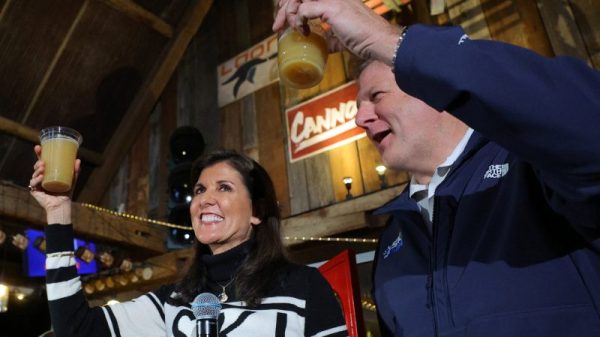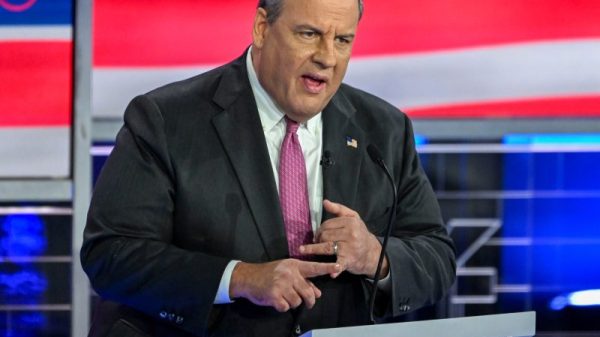American military readiness is threatened because sailors are sleepy.
A recent federal watchdog audit, citing Navy data, says sailors should have 7.5 hours available for sleep every day, but average 30 percent less sleep, just 5.25 hours, “placing sailor health and ship safety and readiness at risk.”
Short-staffing is a major culprit. There are too few sailors for the work required, making sailors work too many hours. The Navy has made some efforts against sleep deprivation, but without enough sailors for the job and a culture resistant to change, progress is slow. Bad mattresses make it worse.
John Cordle knows the sleep deficit dangers all too well.
In 2001, the former Navy captain was commanding officer of the USS Oscar Austin, a 300-crew member, 505-foot, 10,000-ton destroyer with 100,000-horsepower engines, armed with missiles, torpedoes and helicopters. They were off the coast of Norfolk, when Cordle ordered a maneuver that generated a huge wave, flipping a much smaller inflatable craft alongside the destroyer. Six sailors were tossed into the water. One was seriously hurt when a propeller struck him between the legs.
“I put six sailors at risk and injured one, based on a bad decision which was driven by my own fatigue,” Cordle said in an interview of the incident that still haunts him. His fatigue was so strong that it amounted to being “legally drunk,” he added, “as far as like my ability to make decisions.”
Cordle, now a civilian Defense Department employee in Norfolk with a doctorate in engineering management, studies sleep deprivation. Another time, he lost “situational awareness of where I was” as his ship led others through a strait. He had to stop “to get my bearings,” causing the other ships to halt and leading to “a pretty good butt-chewing from my boss.”
“Most of the close calls I had in command … were because I was tired,” Cordle said. “I made bad decisions that were driven by fatigue.”
The October Government Accountability Office audit is a follow-up to one in May 2021 that made eight recommendations addressing sailor fatigue. Only four had been fully implemented when the October document was released. Three were partially implemented but the one not implemented at all seems the most basic and all encompassing: “Take actions to address the factors causing sailor fatigue and inadequate sleep.” GAO focused on surface ships, which do not include submarines.
Navy officials issued a managing fatigue policy in 2017 following four ship accidents, including two collisions in which fatigue was a factor and 17 were killed. Yet, four years later, GAO found troubling results. The October report also found that the Navy:
● “inconsistently implemented its policy and 14 percent of officers were getting adequate sleep”
● routinely assigned fewer crew members, on average 15 percent fewer, to ships than “needed to safely operate them”
● “used inaccurate baselines for calculating future personnel needs that could perpetuate crewing shortfalls into the future.”
GAO cited a fiscal 2022 Navy survey finding “that workload and uncomfortable mattresses, respectively, are the two leading factors causing inadequate sleep and fatigue.” Navy data also show, according to GAO, that prolonged sleep deprivation results in “impairment levels comparable to intoxication.”
Cmdr. Arlo Abrahamson, a service spokesman, said the Navy welcomed the GAO report, telling The Washington Post that “we are actively addressing challenges with sailor fatigue through a variety of measures ranging from force manning to technological applications that help manage crew rest and optimize human performance.”
He said “ships that deploy are generally manned above 90 percent” and the service is progressing toward the goal of 100 percent by adding an average of 14 more sailors per ship since the summer of 2017.
Abrahamson’s response was more positive than the Navy’s written reply included in the GAO report.
“Unfortunately,” wrote Rear Adm. Joseph F. Cahill, commander of the Naval Surface Forces Atlantic, despite all efforts “the amount of sleep obtained by our Sailors at sea has not increased significantly in the past five years.” He cited “barriers to future improvement,” including sailor shortages, longer sea deployments, too little funding for fatigue monitoring technology and uncomfortable mattresses.
Cahill identified Cordle, who was interviewed by GAO, as the Navy’s action officer on this issue.
In interviews with The Post, Cordle, speaking for himself and not the Navy, identified another problem common in bureaucracies and other organizations — culture change. Despite the Navy’s change in fatigue policies, Cordle estimates the Navy is about six years into a decade-long culture change process that would lead to real results.
On that point, GAO said the Navy has “expressed a desire to fully crew all required positions on its ships but has not committed this intention to policy.” A change in action takes even longer.
Nonetheless, Cordle does see progress. He called Navy instructions allowing for naps and urging circadian schedules, so sailors work and sleep at the same time every day “a sea change.” Ten years ago, he recalled, sailors talking about being awake for 36 hours was “almost like a badge of courage … a source of pride.” Transforming attitudes like that is part of the Navy’s culture change.
Meanwhile, the Navy is developing a 15-year plan “to reverse enduring personnel shortfalls and to fully crew the fleet,” GAO reported. “However, until the Navy takes action to fill required positions with qualified sailors, personnel shortfalls will likely continue to be a leading factor causing inadequate sleep and sailor fatigue.”

